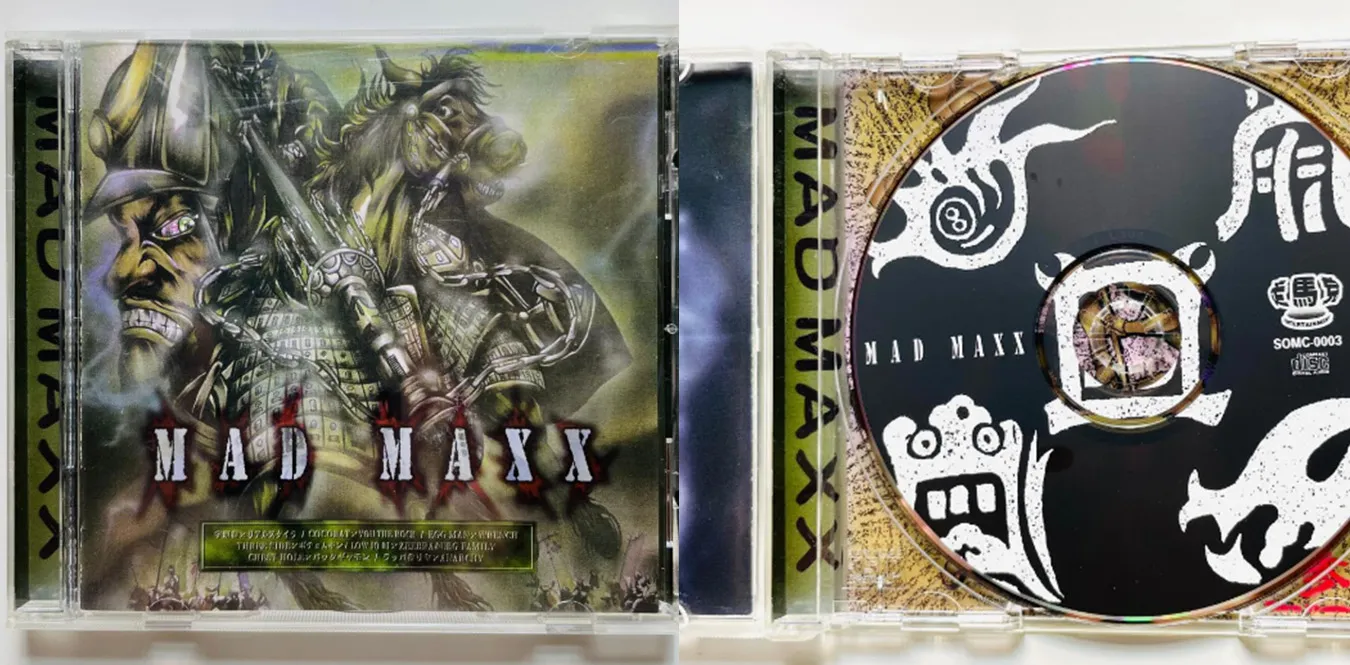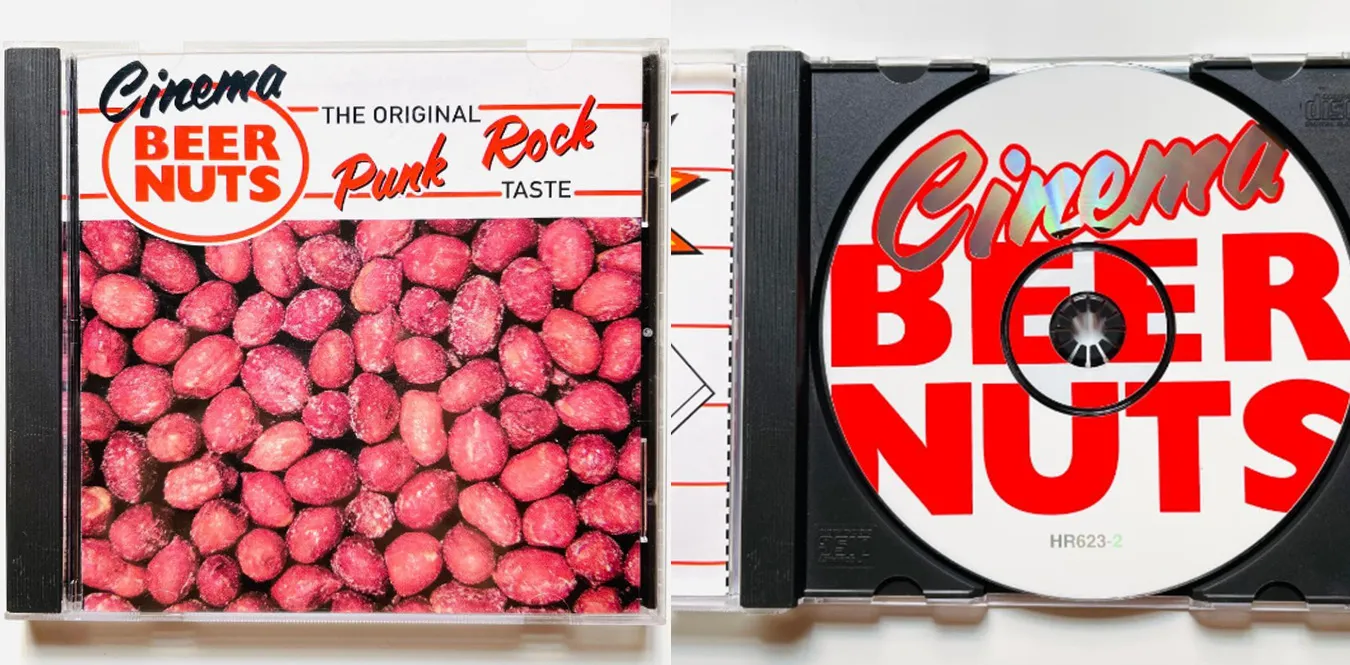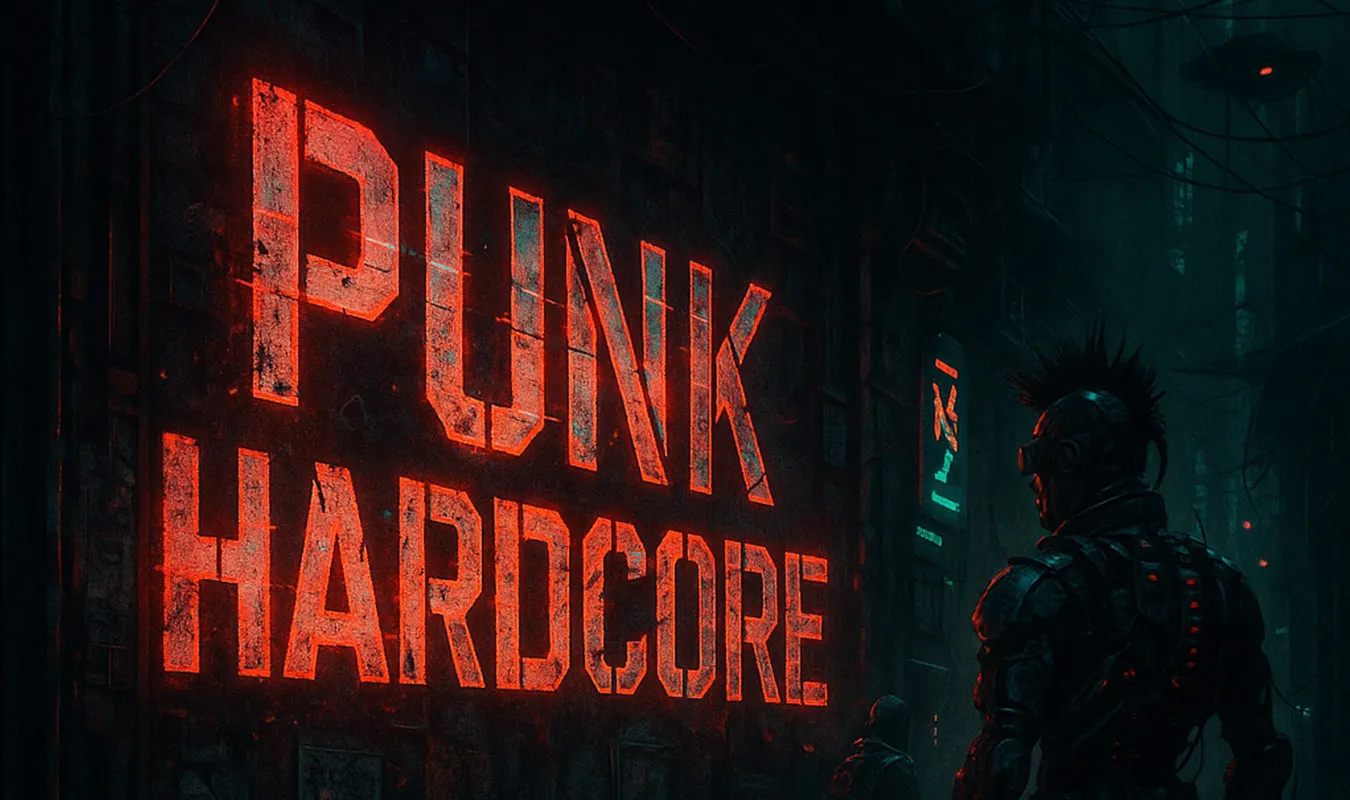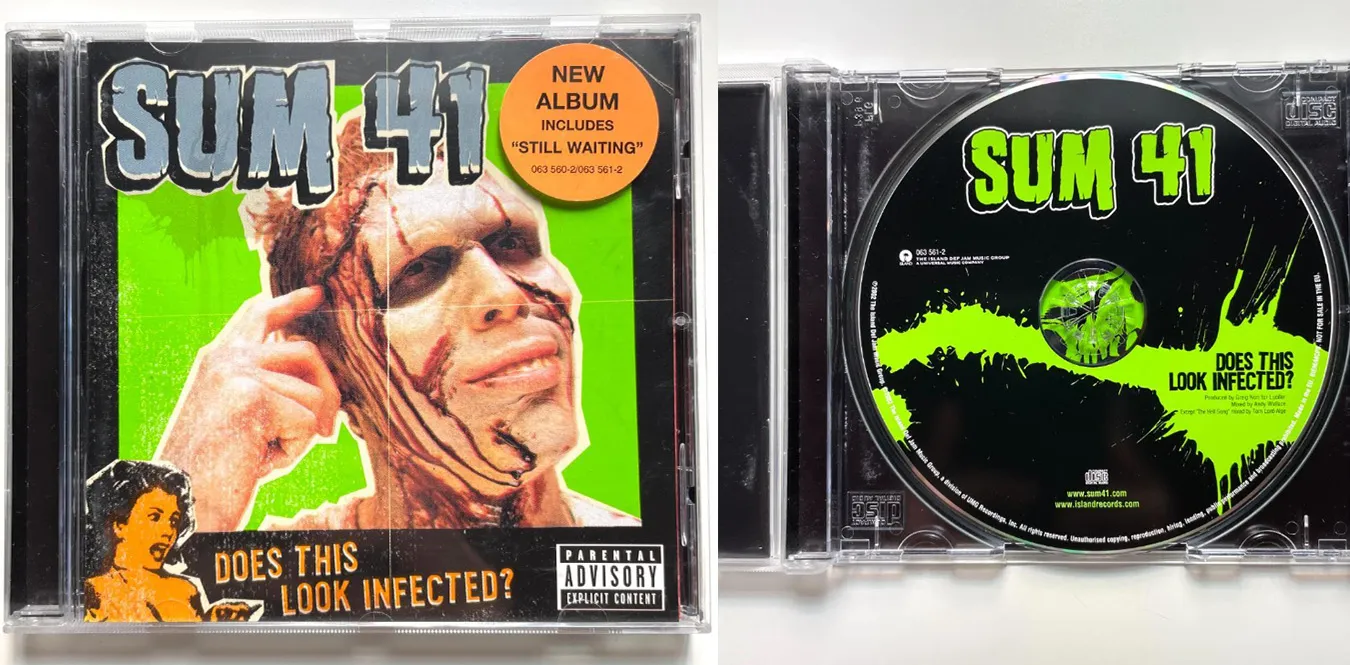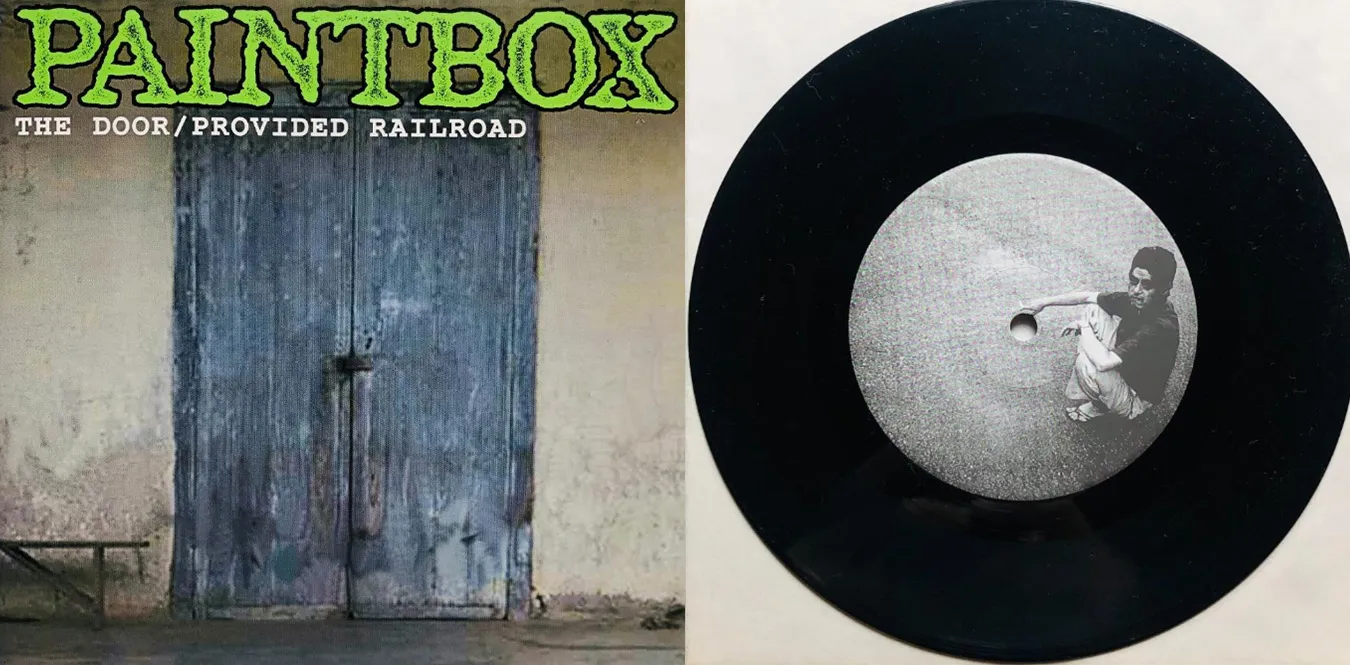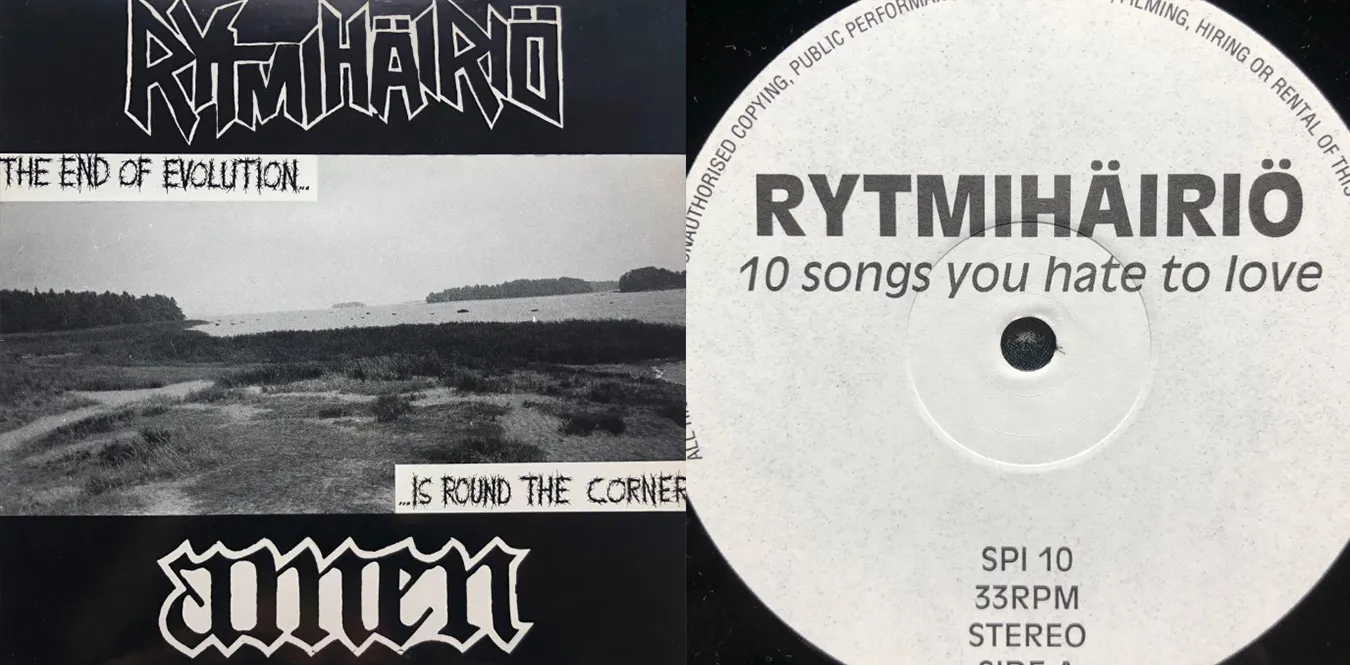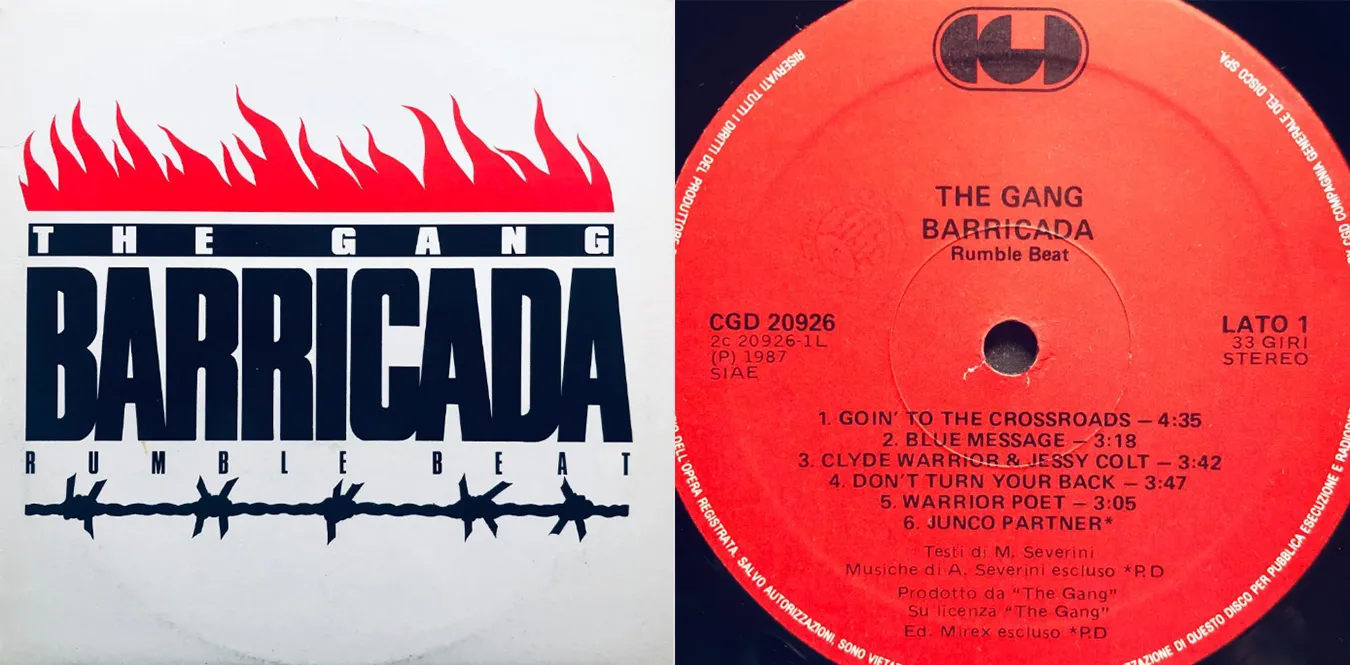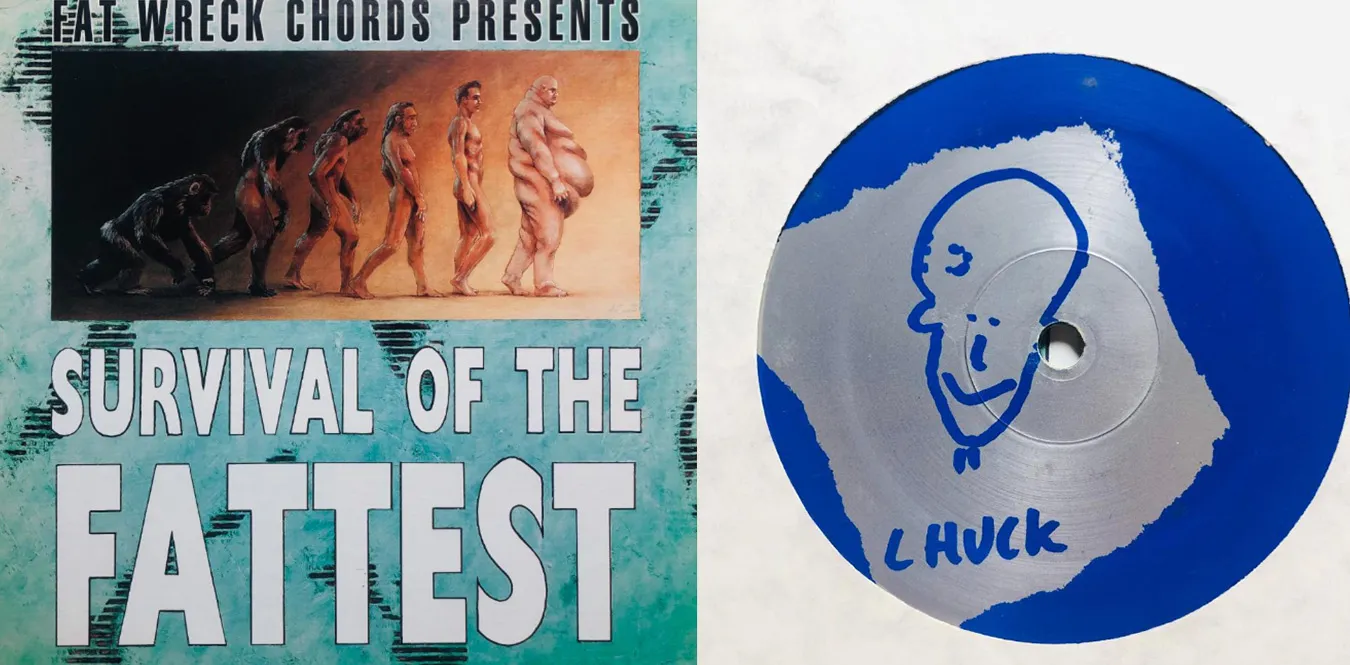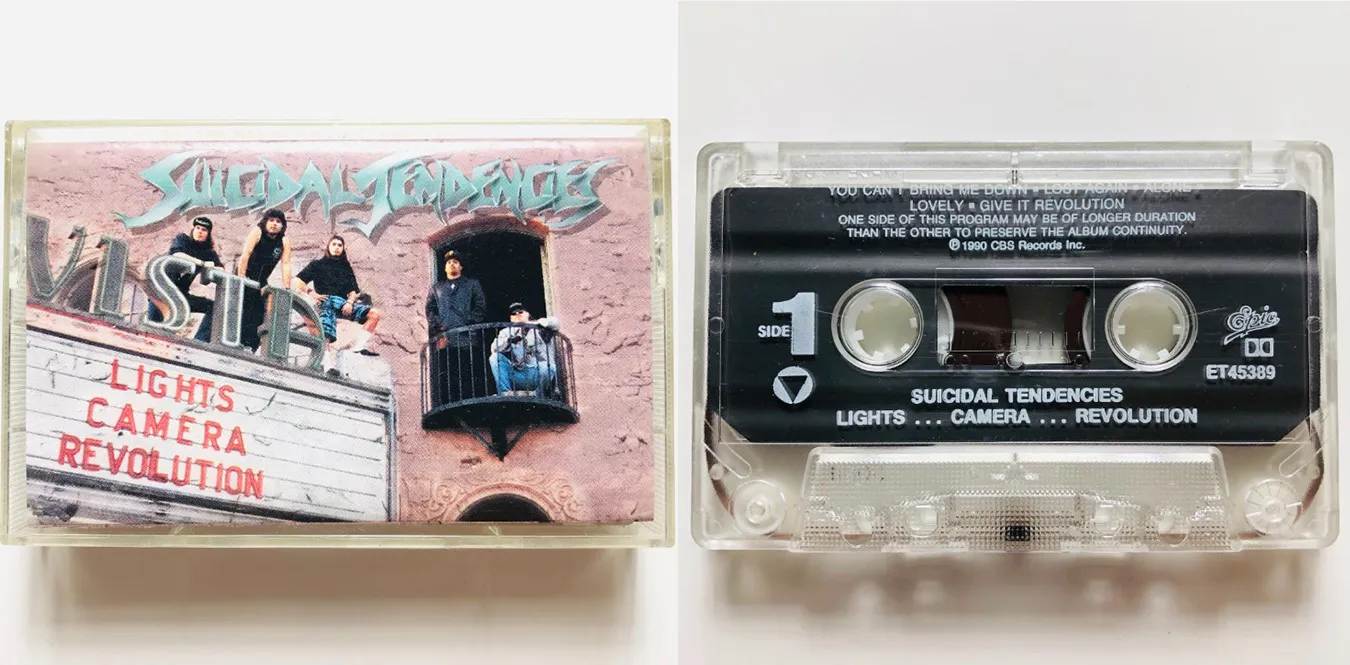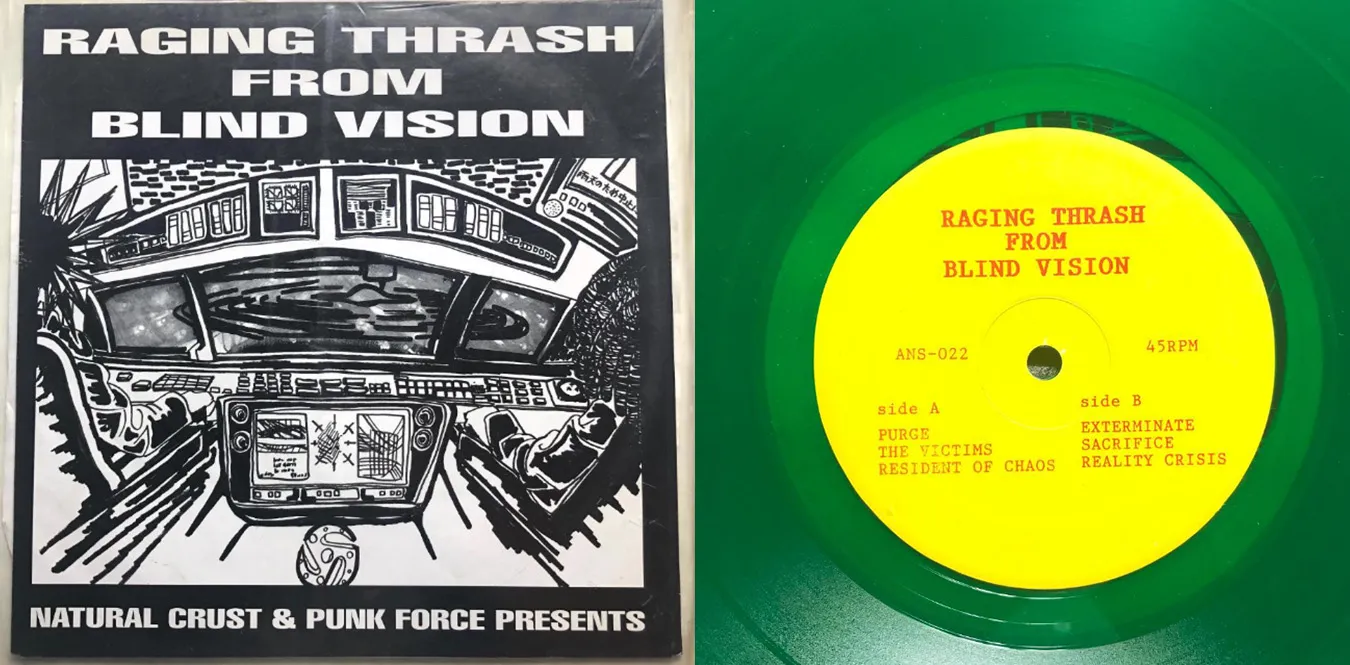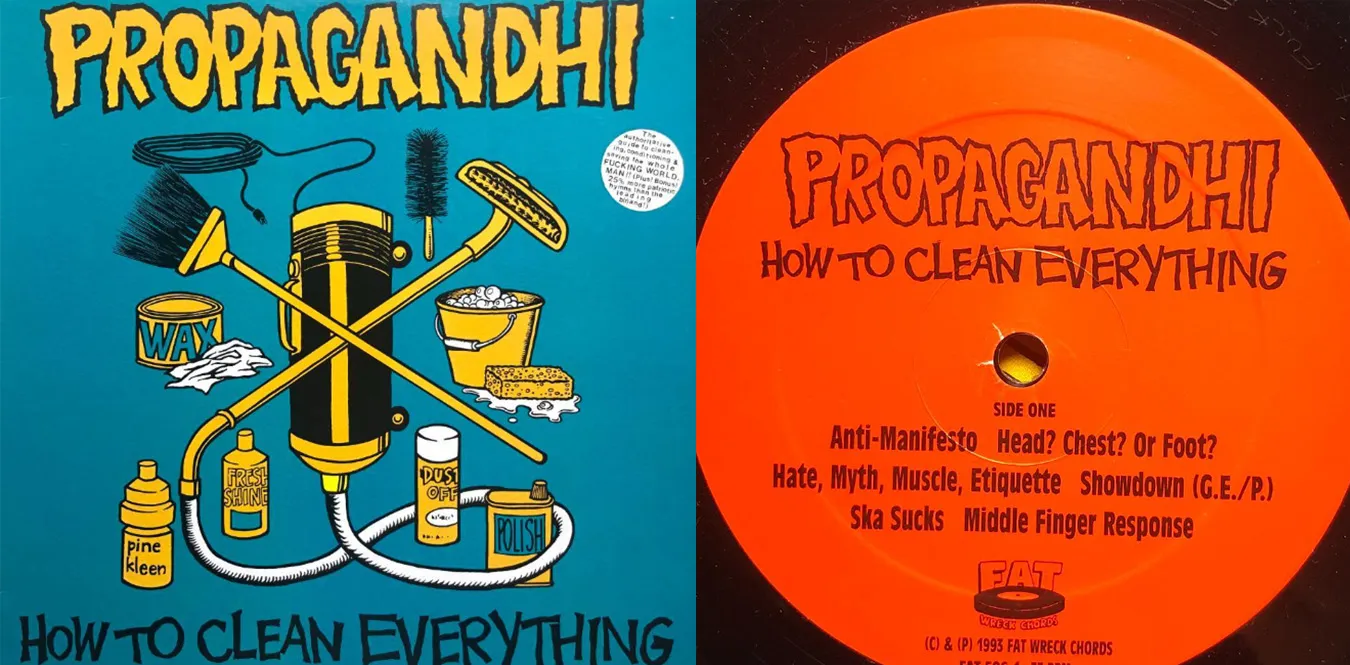[Column] Definition of punk and hardcore: the turning point of anger and expression
Column en Hardcore Punk![[Column] Definition of punk and hardcore: the turning point of anger and expression](/../assets/images/column-punk-hardcore.webp)
Definition of punk and hardcore ─ The crossroads of anger and expression
Text: mmr|Theme: Punk/Hardcore
In the late 1970s, young people felt oversaturated with commercialized rock music, and ““music that is simple, rough, and above all, expresses its true feelings”’ was born. It”s punk. However, even this punk style eventually began to turn inward, sometimes formally. It was hardcore punk that once again unleashed the flames of anger. In this column, we will delve into the definitions and differences between punk and hardcore from the perspectives of music, ideology, fashion, and history.
What is punk?
▍Musical features
-
Simple chord progression (mainly 3 chords)
-
fast, rough rhythm
-
Short song duration (about 1-3 minutes)
-
Non-melodic, screaming vocals
Representative bands: The Ramones (US), Sex Pistols (UK), The Clash (UK)
▍Thoughts and values
Anti-system/anti-authority: Distrust of the state, police, companies, religion, etc.
DIY spirit: Make your own music, make records, print flyers, and perform live.
**Anti-fashion yet fashionable: **Safety pins, mohawks, leather jackets, etc.
▍Cultural background
In Britain in the 1970s, a recession, soaring unemployment rates, and a sense of isolation among young people became social problems.
Politically, it was the nascent stage of Thatcherism. Music functioned as that counterculture.
What is hardcore?
▍Musical features
-
Faster, harder, shorter (often less than a minute)
-
Emphasizes the distortion of the guitar and the destructiveness of the rhythm.
-
Scream and shout-based vocals
Representative bands: Black Flag, Minor Threat, Bad Brains, Dead Kennedys (all US)
▍Thoughts and values
-
A form that further advances the anti-establishment nature of punk.
-
Introspective and ethical orientations such as the straight edge (abstinence, non-smoking, vegetarianism) movement have also emerged.
-
Strongly political, with messages such as anti-war, anti-discrimination, and protection of animal rights.
▍Cultural background
-
Developed in the United States in the early 1980s, especially in California and Washington D.C.
-
Symbolic of police repression, anger towards conservative society, and violent live culture.
-
Violence and gangs are also an issue in some scenes.
Differences and similarities between punk and hardcore
| Item | Punk | Hardcore |
|---|---|---|
| Musicality | Simple, close to initial lock | Faster, more destructive, more profound |
| Message | Anti-establishment/anti-authority | More radical and political |
| Fashion | Mohawk, safety pin, fancy decorations | Street-oriented, minimal, practical |
| Regionality | British (+NY) origin | Originally in America (especially on the west and east coasts) |
| Spirituality | Anarchy, freedom | Discipline (straight edge), inner reform |
| Live culture | Destructive but expressive | Sometimes violent and focused on group sex |
However, the two are not in a conflicting relationship. Hardcore can be said to be an evolved or branched form of punk, or rather it can be interpreted as hardcore becoming more radical as a result of trying to maintain the fundamentalist aspects of punk.
Punk and hardcore from a current perspective
Since the 21st century, punk and hardcore have been inherited in various forms.
It has branched out into various subgenres such as post-hardcore, emo, crustcore, and melodic hardcore.
In Japan, hardcore punk (GAUZE, Lip Cream, G.I.S.M., etc.) has created a unique culture.
Nowadays, there is a re-evaluation among Generation Z and DIY festivals, and it continues to maintain its strength as a subculture.
Beyond “rebellion”
Punk and hardcore are not just music genres. Rather, it is an expression of the philosophy of ““having your own voice,’’ and it is a medium that expresses this through sound, body, and group. What these two trends ask us is not just destruction, but perhaps a guideline for the future: ““What should we resist and what should we create?’’

![[Column] Detailed history of melodic hardcore in Japan and America](/../assets/images/column-melodic-hardcore-japan-us.webp)
